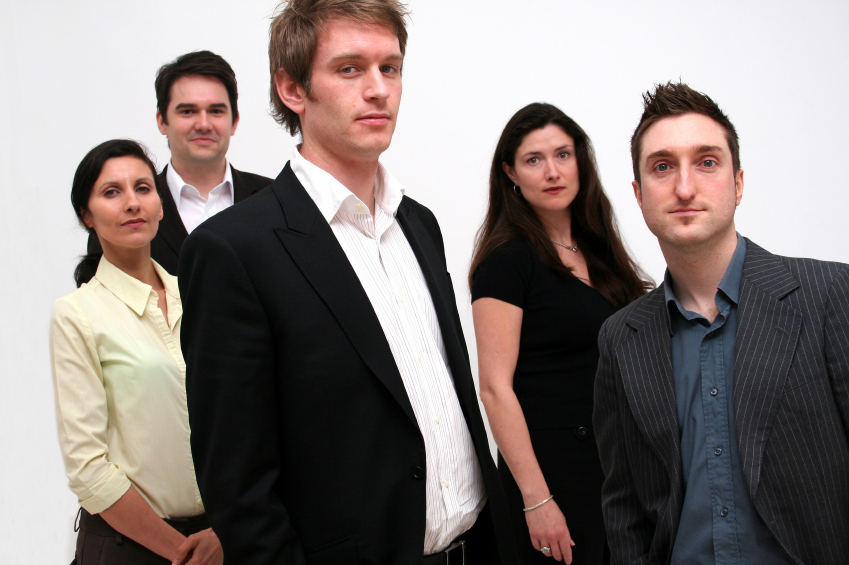The role of training in culture change
The role of training in culture change
Written by John Berry on 18th December 2017. Revised 17th June 2022.
4 min read
 One question arose on the feedback forms of a recent workshop we ran with managers – how does a manager ‘train’ his or her staff in order to change the culture in the organisation in which they all work? We’d covered the whole business of staff development in that workshop but had deliberately omitted training as a means of adjusting culture.
One question arose on the feedback forms of a recent workshop we ran with managers – how does a manager ‘train’ his or her staff in order to change the culture in the organisation in which they all work? We’d covered the whole business of staff development in that workshop but had deliberately omitted training as a means of adjusting culture.
So here's a description of how to use training as a vehicle in organisation culture change.
Culture's different
Whilst training interventions can indeed change the whole organisation, the culture change scenario differs from ‘normal’ training. ‘Normal’ training is in pursuit of change in competencies in individuals. Change in culture involves change in the way things are done in the organisation – the normative behaviour of all. ‘Normal’ training can be used to change individual behaviours but culture requires change in collective behaviour.
Culture is literally “the way we do things around here”. A good example of a desirable culture is helping one another to get along and get things done. This particular example is well known and sweepingly called ‘organisational citizenship behaviours’.
There are four types of intervention that are useful in culture change: training, mentoring, coaching and leadership. Each has its place in effecting change.
Describing culture
Just as with conventional training, where a competency and its level need to be described, first we need to define the culture we want to realise. It’s here that culture change and competency change diverge. In culture change there’s a big piece of work needed first, before anyone can talk of interventions.
 And first we must define culture itself.
And first we must define culture itself.
In the September 2017 TimelessTime workshop we used a culture model we’ve developed from Waisfisz’s work – derived in turn from Hofstede’s research. This model has six indices with pairs of opposites – for example ‘open’ versus ‘secretive’ and ‘easy-going’ verses ‘strict’. The six together describe organisation culture.
There are many culture models and the right one must be chosen to fit the project.
The existing culture must then be captured using the model. This gives the ‘as-is’ or ‘to be changed’ state.
What culture's desired?
Having defined culture, there then needs to be a big discussion about the nature of the culture that management wants in the organisation.
And just as conventional training develops competencies from job description accountabilities, culture change needs to develop the new culture using a multi-facetted model. Just as we’d define the ideal person for a job using individual differences, we can define the ideal culture for success for a particular organisation using the six indices.
But as we noted during September’s workshop, often in culture change, the processes and practices of the organisation drive the behaviours that give rise to the culture. For example, before people will help one another and be good organisation citizens, they must know that they will not be punished for that behaviour. In this case, a tight time booking system with little or no time free will demand that everyone devotes time to his or her own work alone. So whilst management may lament that people don’t help one another, often ‘the system’ precludes the very behaviour desired.
So any project to effect culture change must be wide-ranging. It must cover everything that impinges “the way we do things around here”.
Designing 'culture' interventions
Once the culture is described with the model, its then just a case of determining the interventions that will drive the change.
Culture change is complex and is a subject in its own right. Training can be used, but rarely will training work alone.
Like training for competencies, intervention for behaviour change is monitored by sensing the change in pursuit of a particular level of culture – or level of the six indices. Since the culture has been ‘sensed’ using a model, the same model can be used again and again to determine how effective the culture change is over time. Of course if the intervention is not having the desired effect, the present intervention must be stopped and another intervention started. If change is happening, management must do more of the same until the desired culture is achieved.